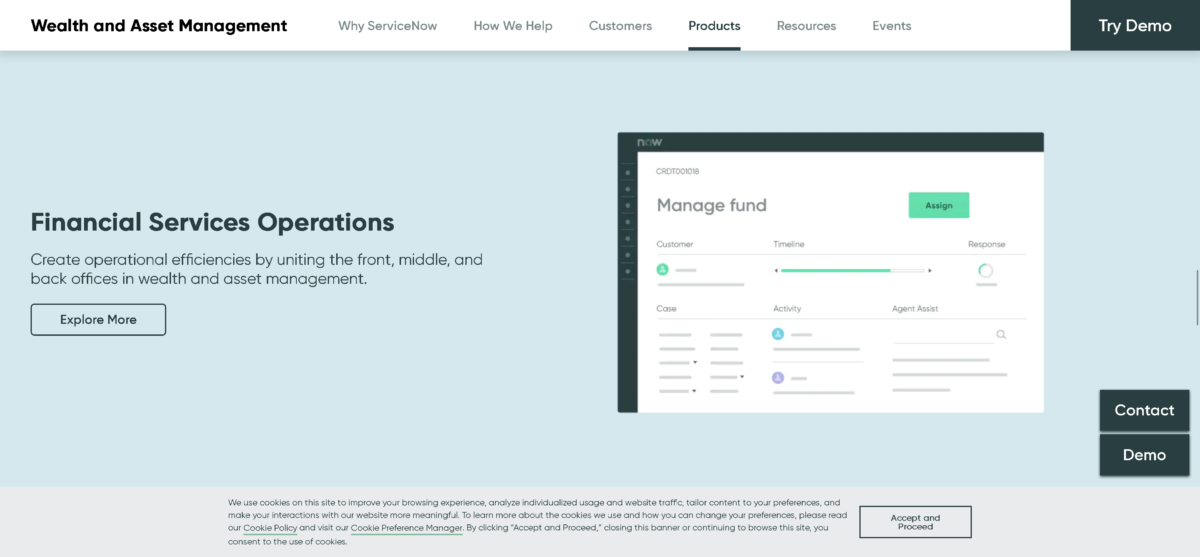You can’t run a business without ERP. The term itself stands for Enterprise Resource Planning, but in essence ERP is about pulling together all the functions involved in a company into one computer or system. Everything from purchasing raw goods to shipping finished product, even HR and Accounts Payable needs to be accessible and useable in order to correctly handle the basic reason for a company’s existence: to get a product or service out to the paying customer.
Whereas in earlier decades the processes involved in order fulfillment, purchasing, tracking, warehousing, shipping, and so on might have existed separately, the principle behind ERP is that it all lives on a central database, allowing for a clearer understanding of where a customer’s shipment and payment are at any given time.
Small companies might be able to handle such disparate tasks in a simplified manner, but even they need to keep the operations under some sort of smooth centralized umbrella. Without it, orders can go missing, payments can be overlooked and the basic elements of the business, along with its reputation, can fall through the cracks.
For larger businesses, ERP is essential. There is just too much to do, and too many people involved to allow the separate processes to exist independently.
For many decades the ERP process has evolved along with existing technologies and trends, and now, of course, it is moving to the cloud. Cloud-based ERP is not just simply about migrating data offsite; it offers the added conveniences that in-house data management cannot adequately provide. One such benefit is remote access, in which employees can call up or modify information on the fly from their BYOD and mobile devices. A second benefit of cloud-based ERP is its sheer versatility.
Jean Gea, Director of Product Marketing at Acumatica highlights some of the benefits to the cloud-based ERP that her company provides. “Most importantly,” she states, “it is highly configurable and extensible, allowing it to integrate easily with other systems, including existing on-premise systems, thanks to a robust API that can be edited using standard development tools such as Microsoft Visual Studio.”
Gea points out that an ideal ERP should be versatile not only in its functionality, security and scalability but also in terms of where it is stored, which is why Acumatica offers on-premise, hosted or SaaS deployment, with the option to securely switch between them. “Acumatica ERP symbolizes the new generation of sophisticated, client-focused solutions that cloud-based SaaS is now expected to provide,” she says, “specifically, principles such as unlimited user licensing and control over system upgrades that put the power back into the hands of the client company rather than the software solution supplier.”
The industry media seems to agree. In naming Acumatica as one of the “Top 20 Coolest Cloud Software Vendors Of The Cloud 100” for the third year in a row, influential magazine CRN points out that “Acumatica has been giving the established ERP vendors a run for their money with its cloud ERP applications,” citing their record revenue and partner channel growth.
According to Acumatica, moving ERP to the cloud provides the following distinct advantages:
As companies the world over recognize the value and security of cloud computing, they are becoming more and more accepting of the idea of moving mission-critical data such as ERP to the cloud, rather than using it solely as an archiving repository. As Acumatica CEO Jon Roskill says, “the implementation of a vibrant and dynamic ERP system can be seen as the jewel in the crown of any company’s cloud presence.”
Additional information about Acumatica’s cloud ERP services including demos and pricing are available at www.acumatica.com.
By Steve Prentice
Post Sponsored By Acumatica





